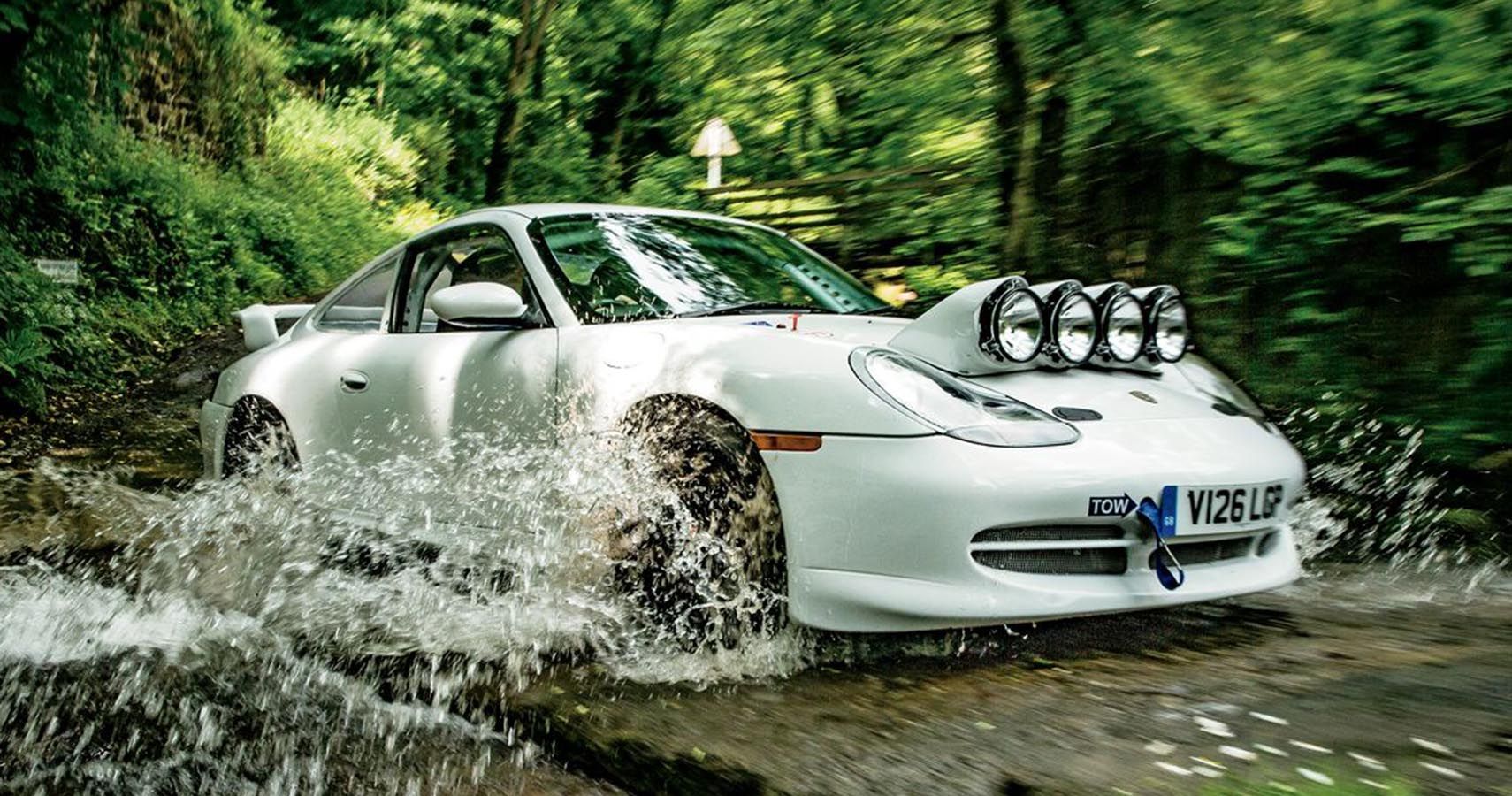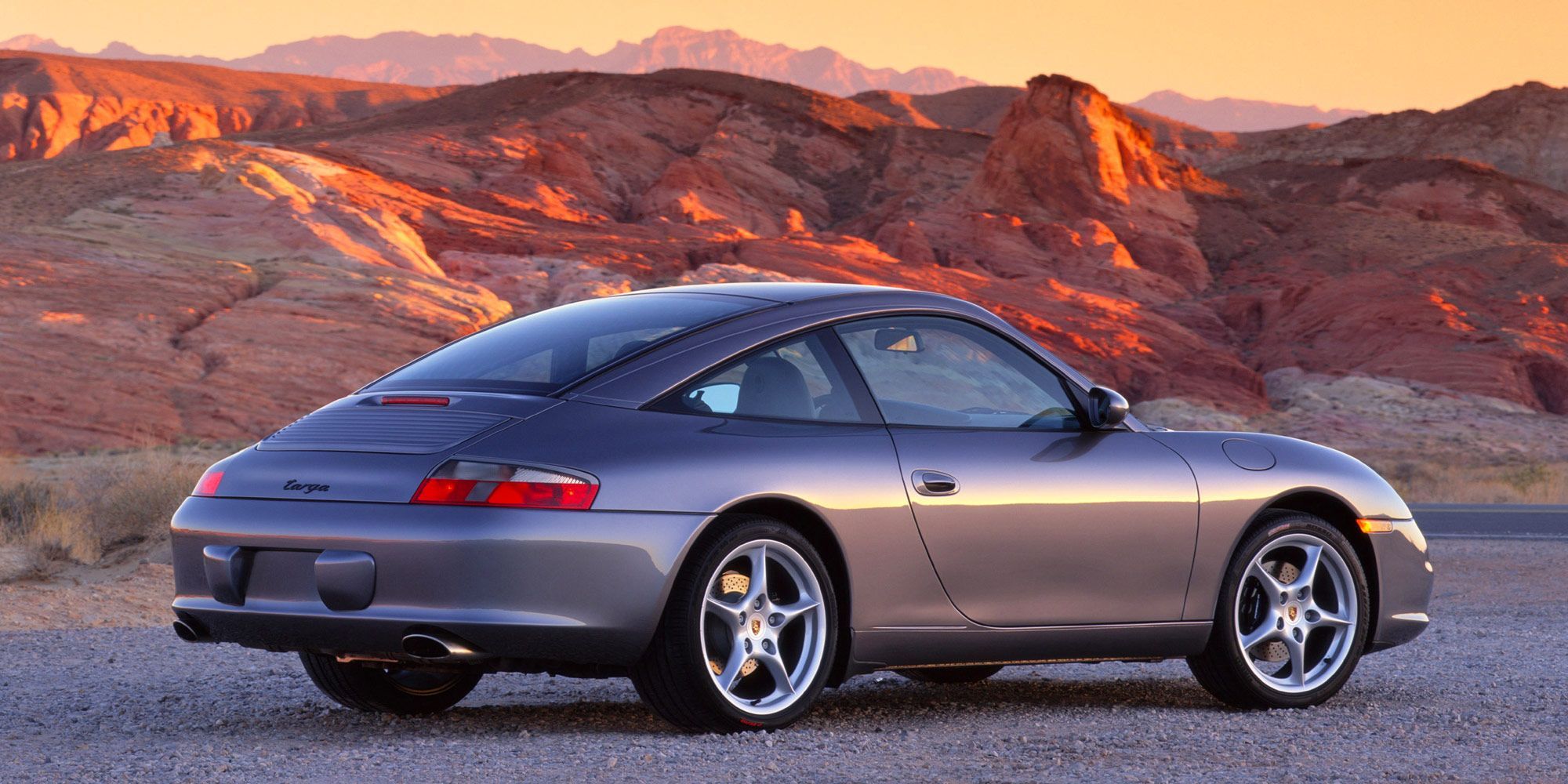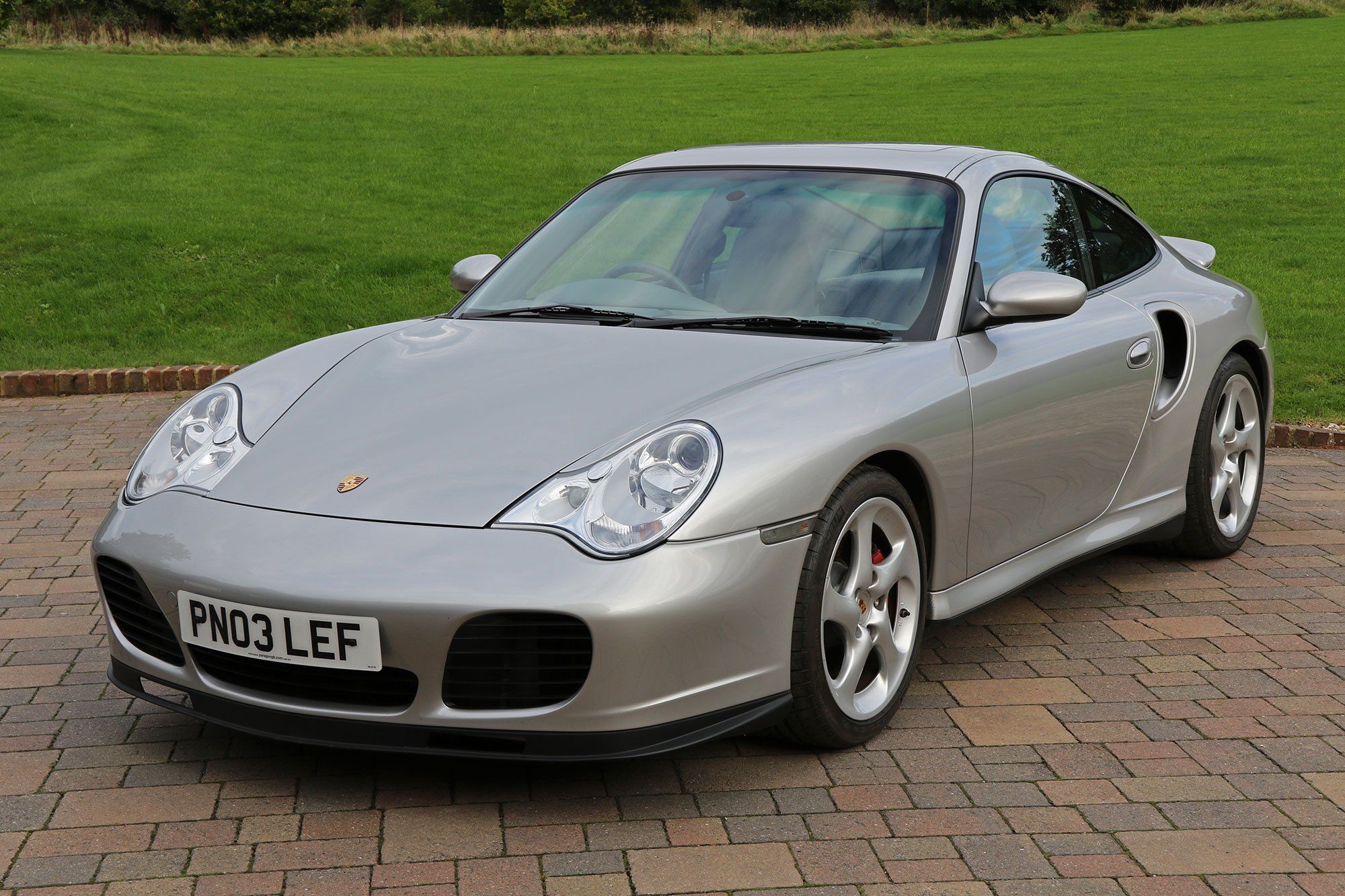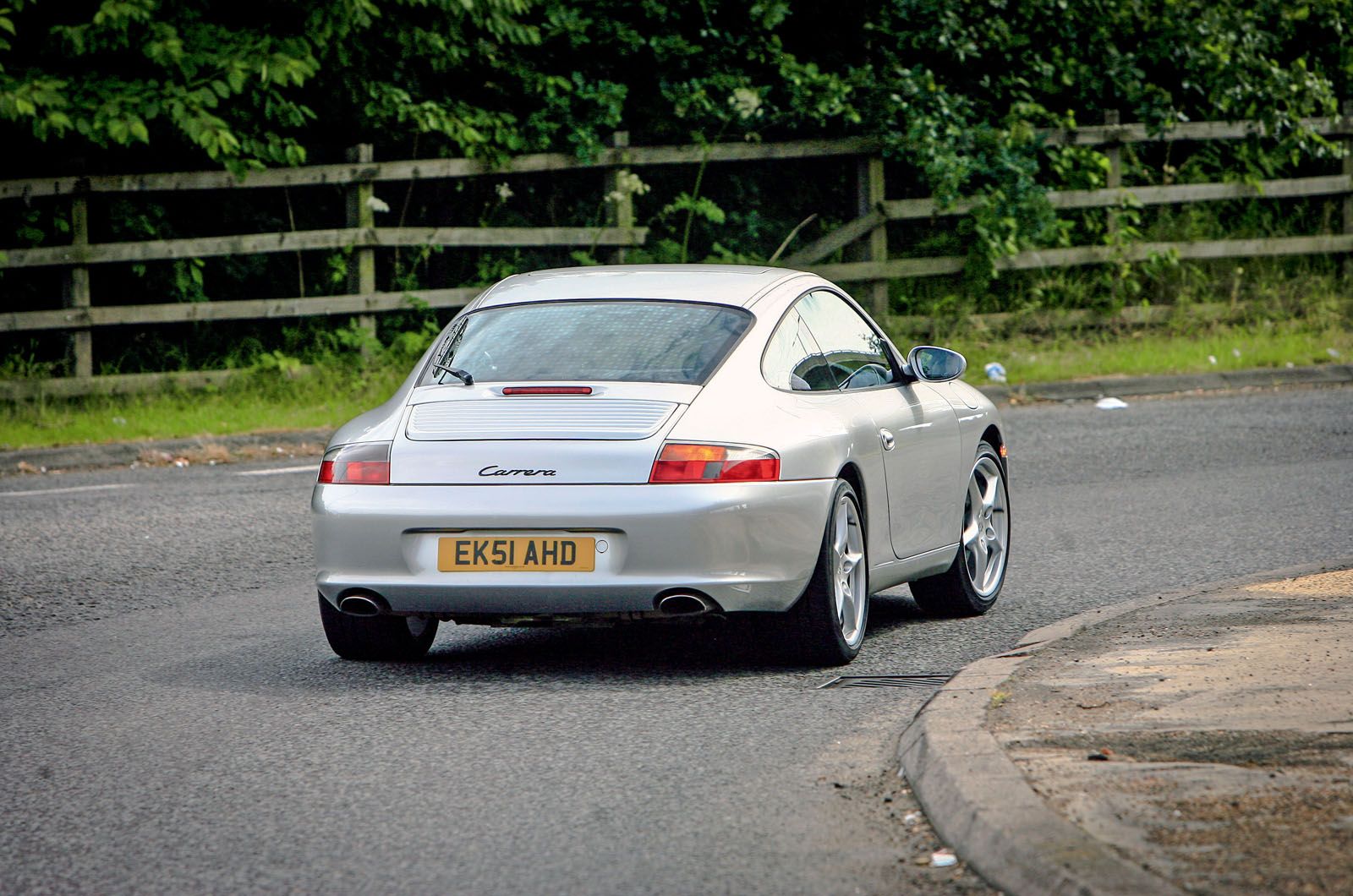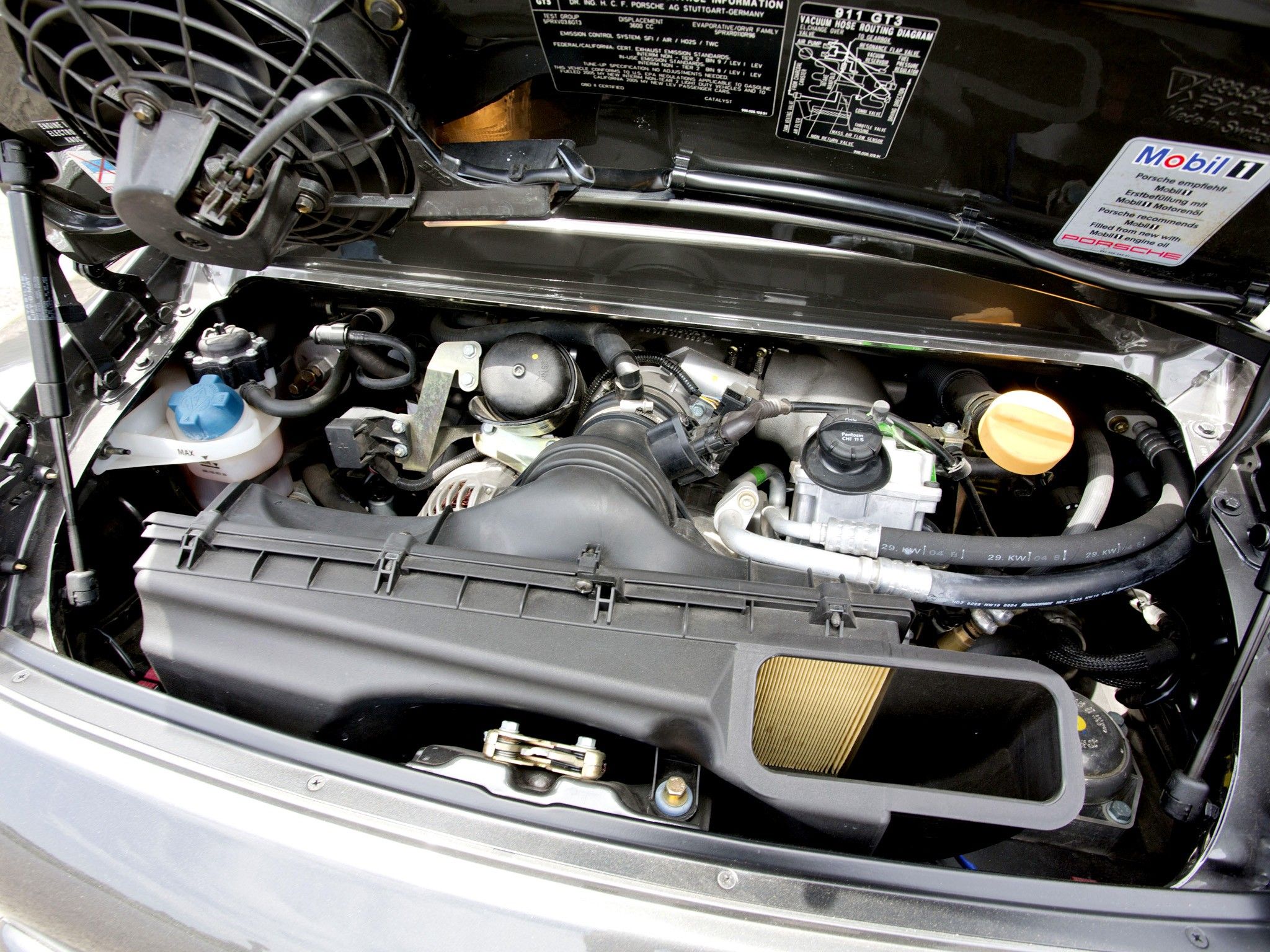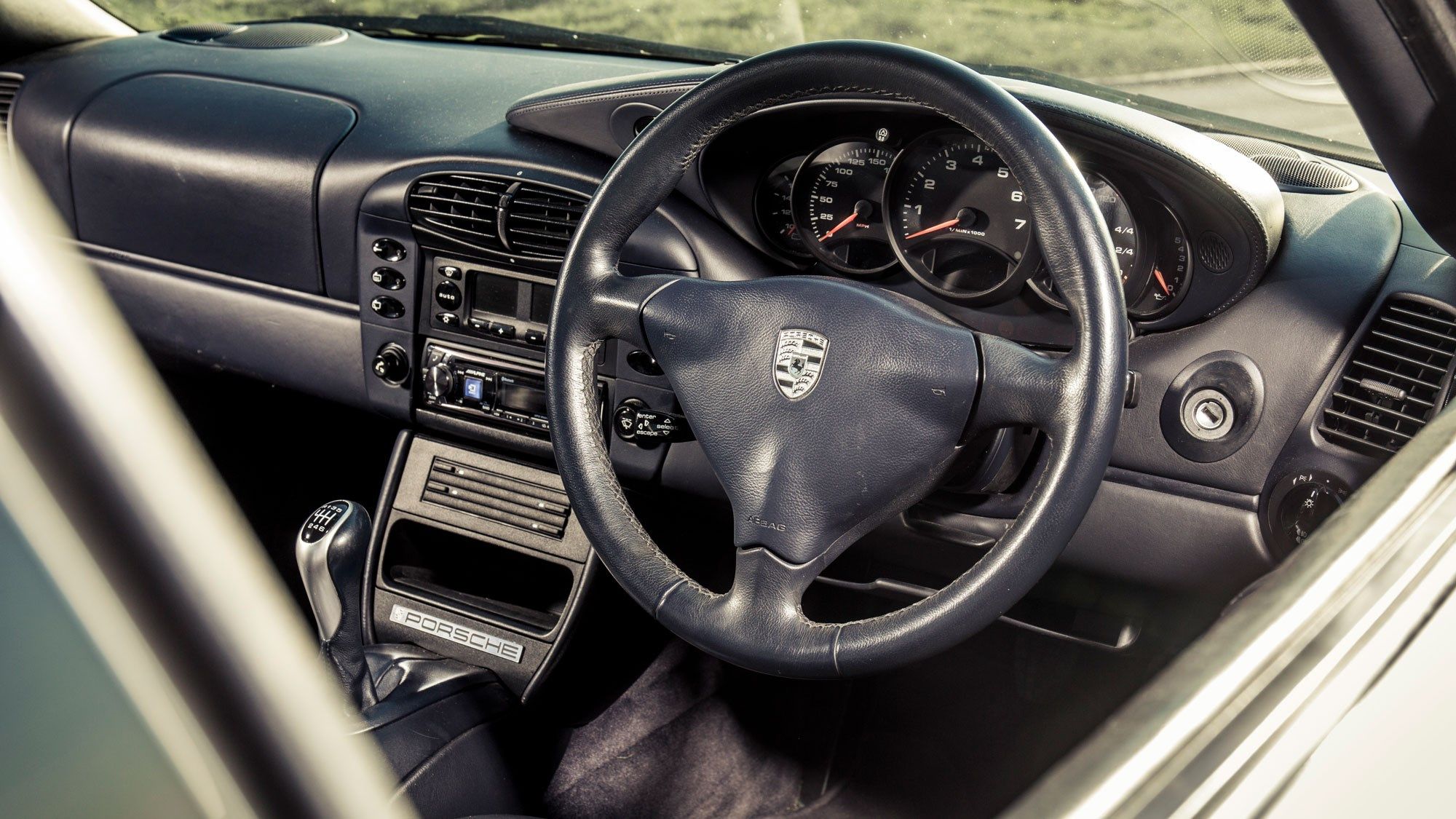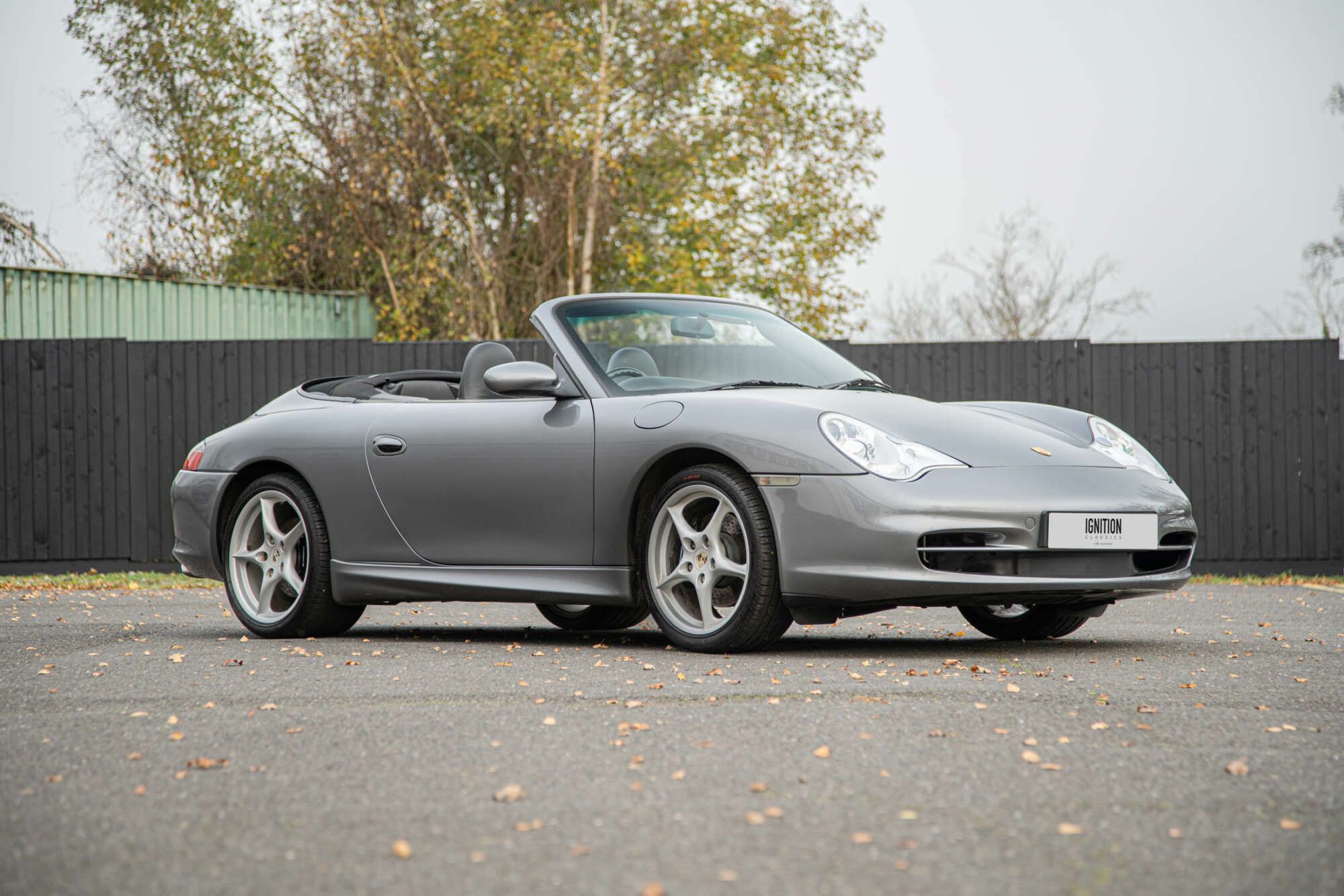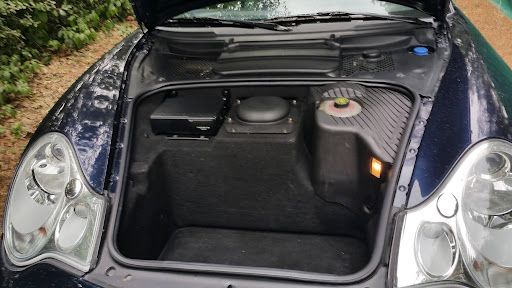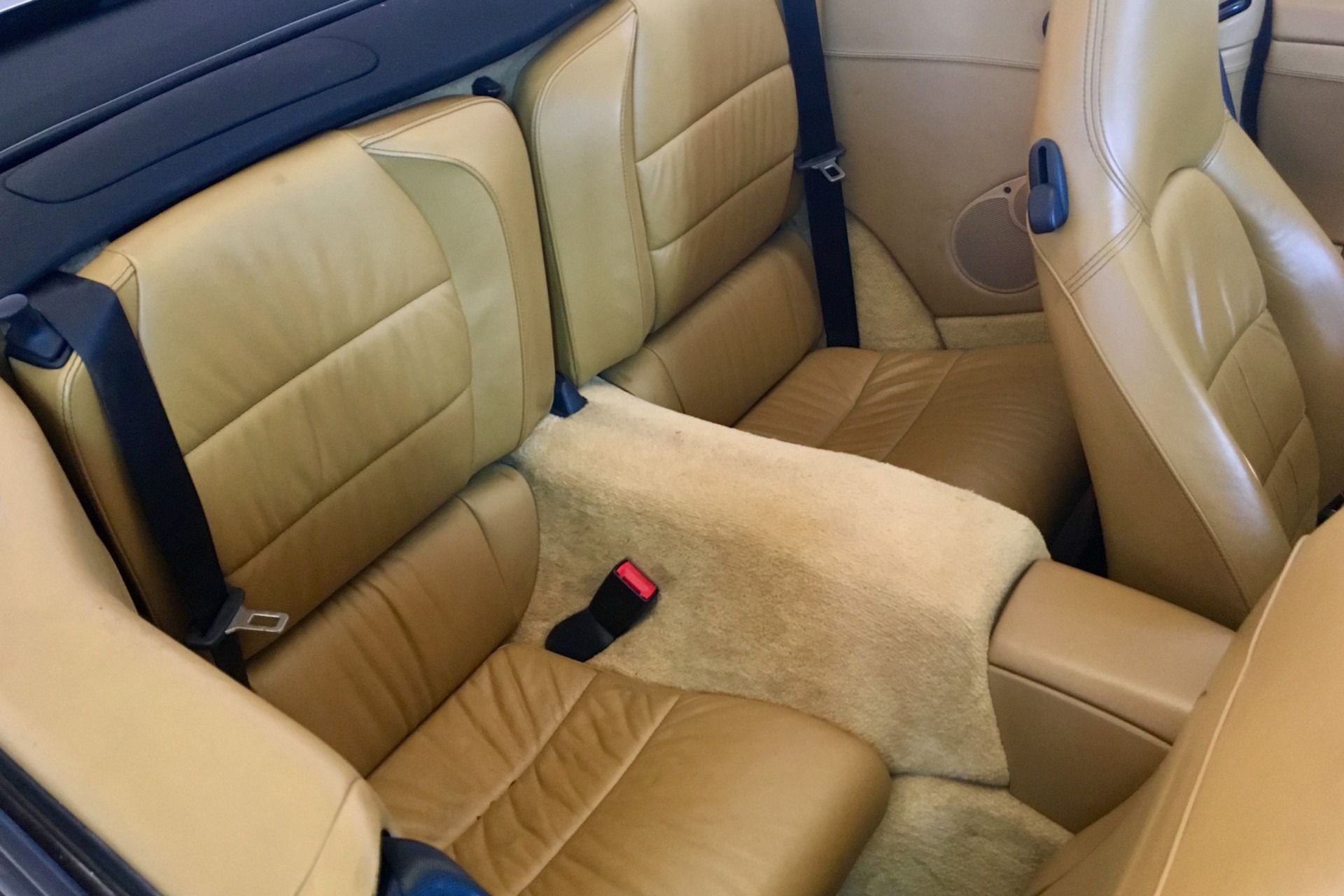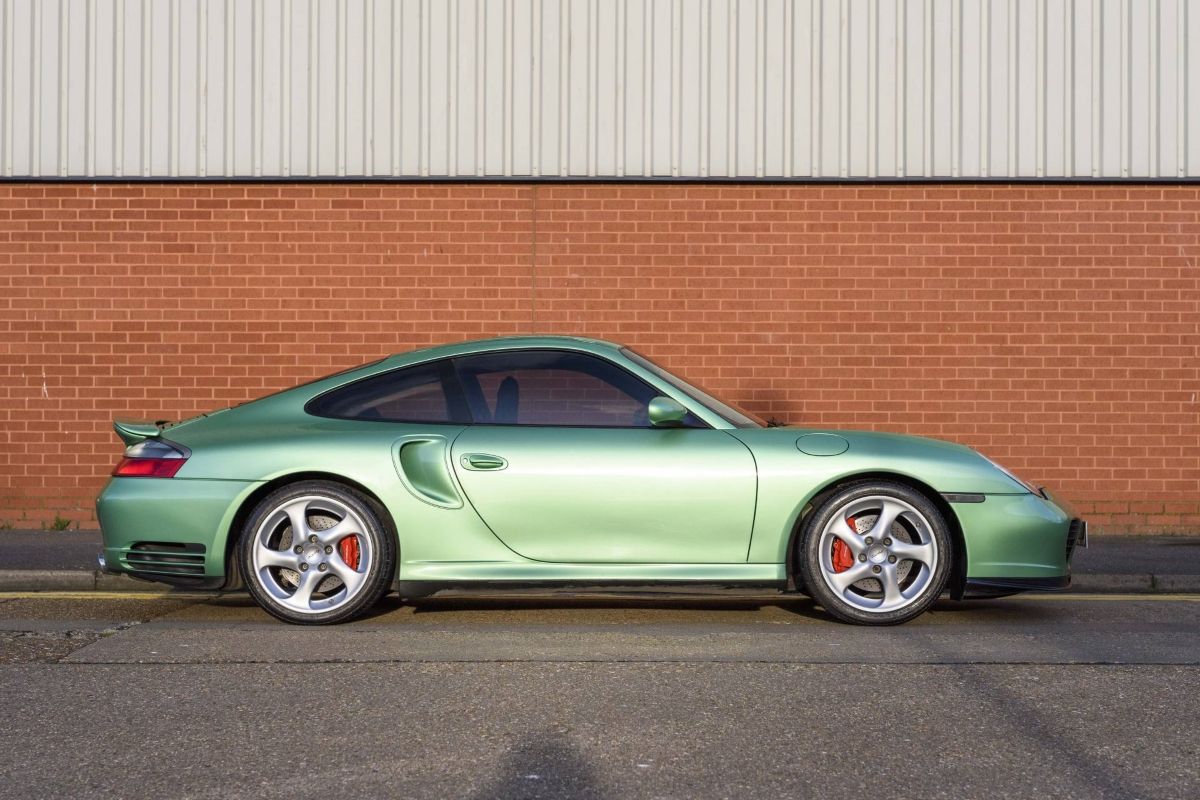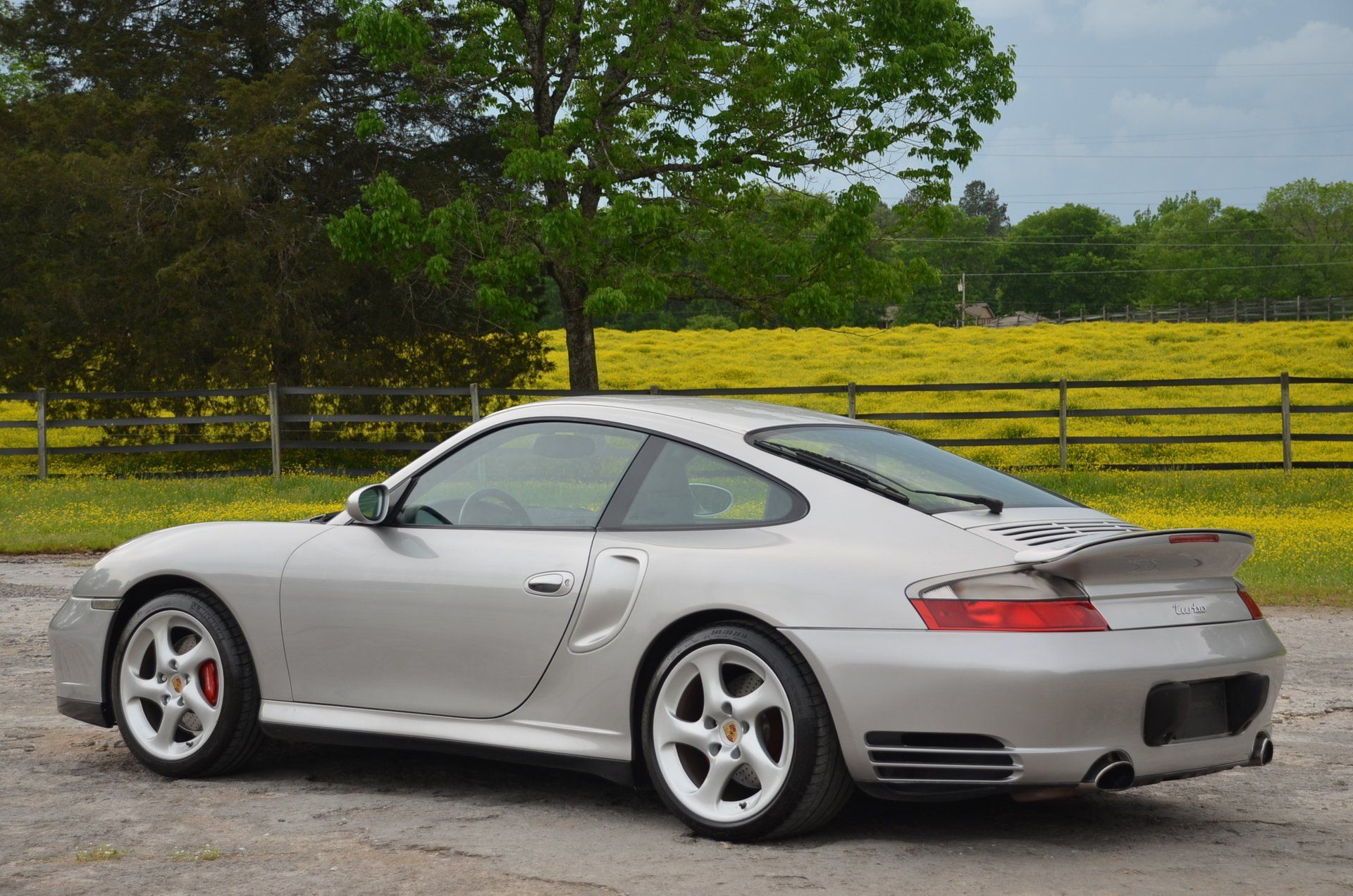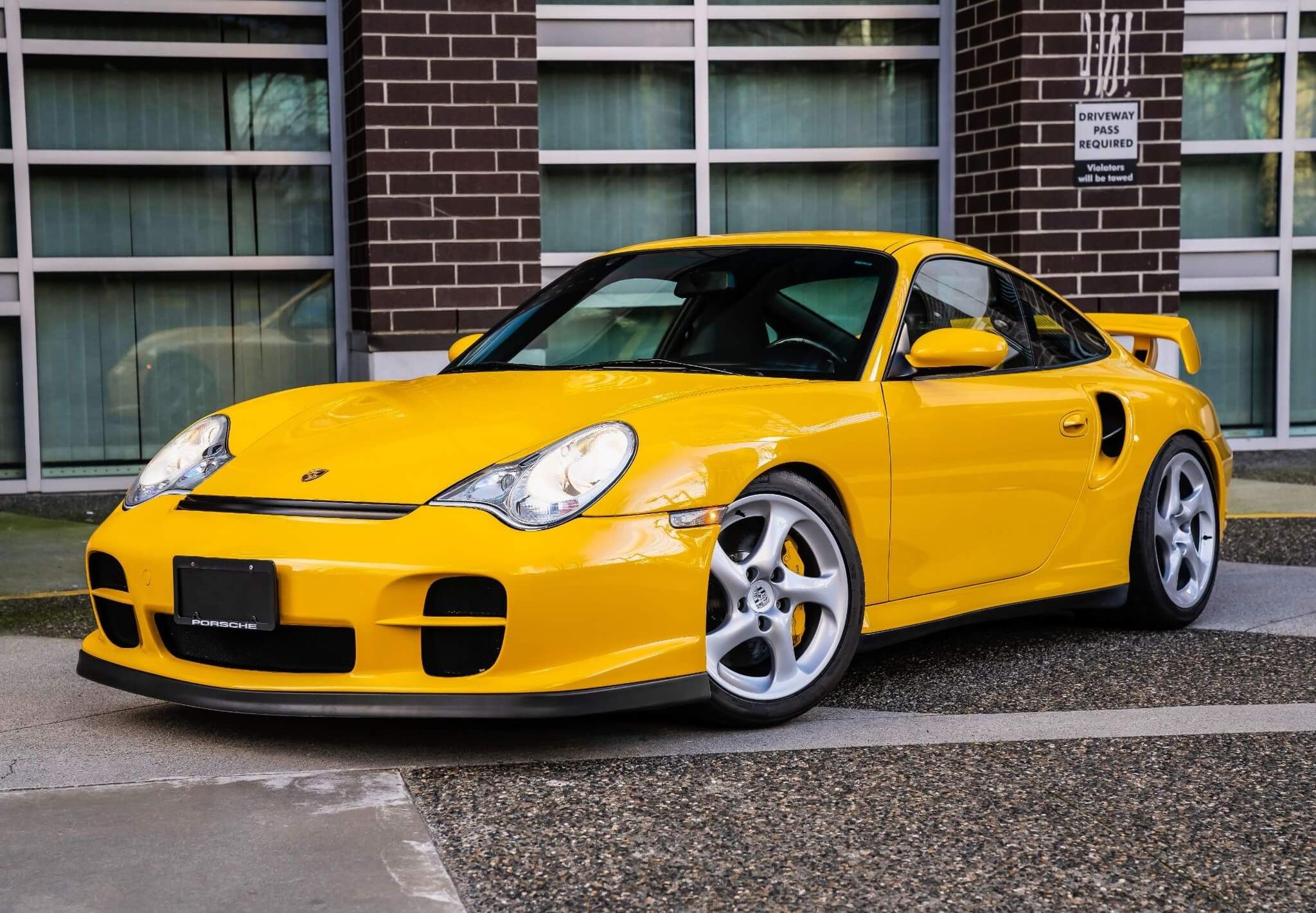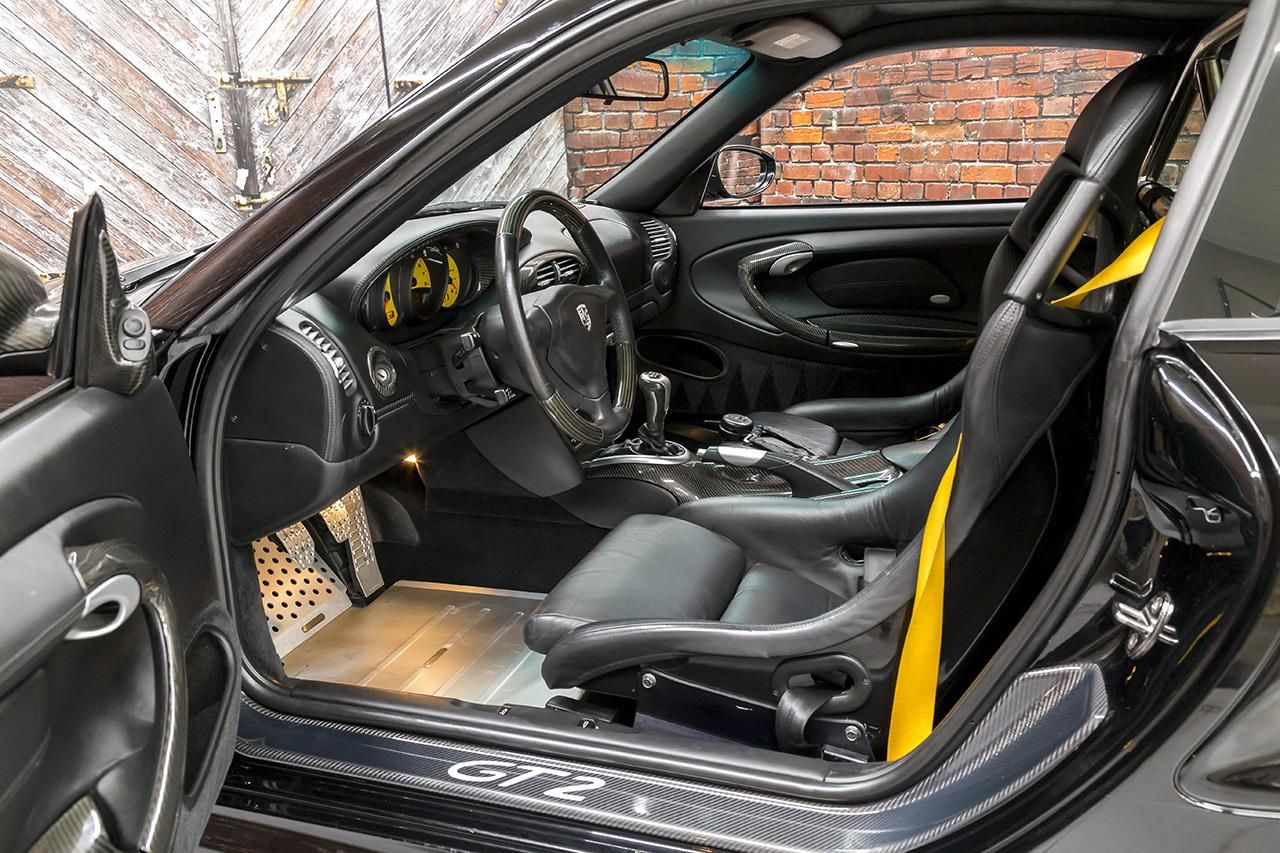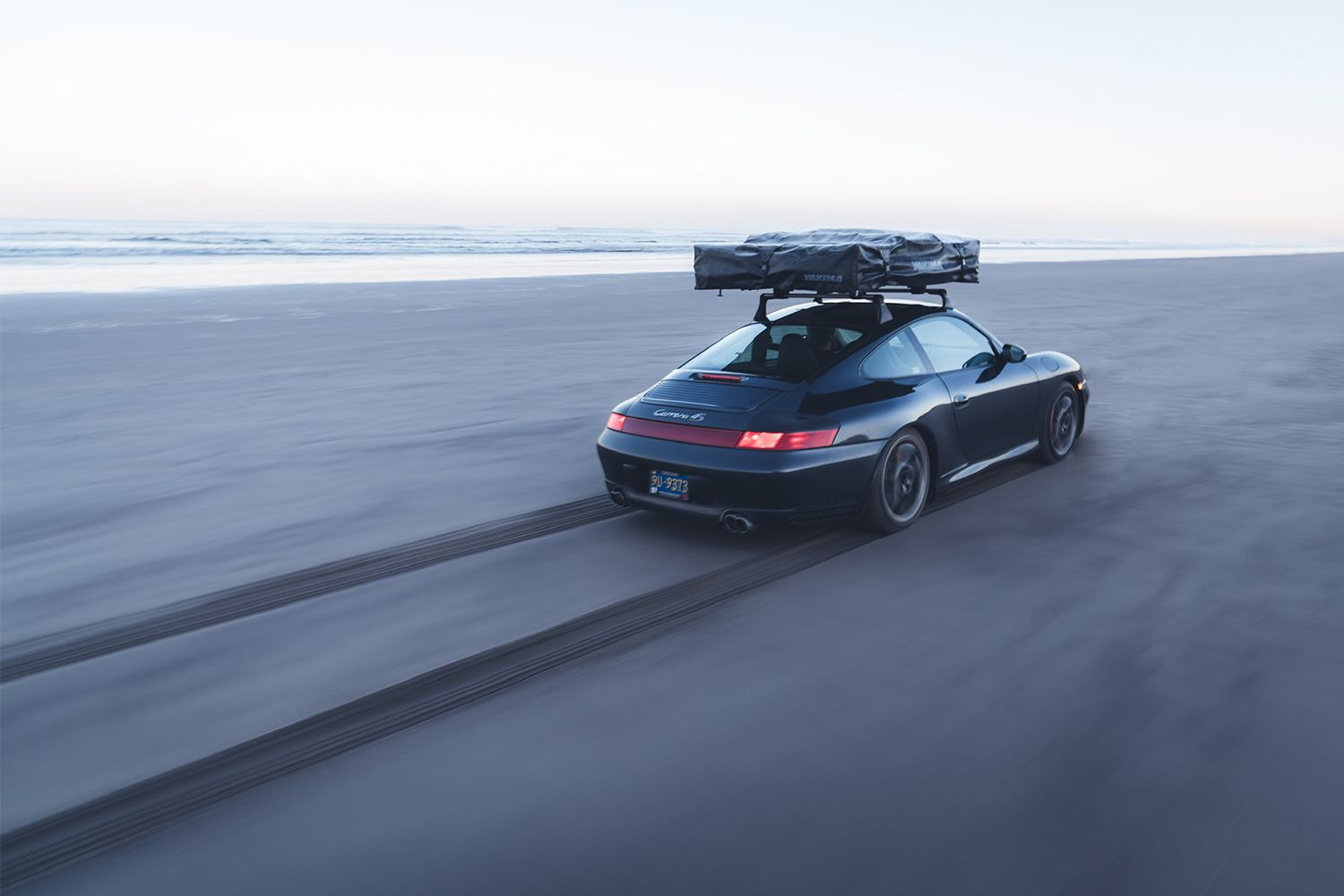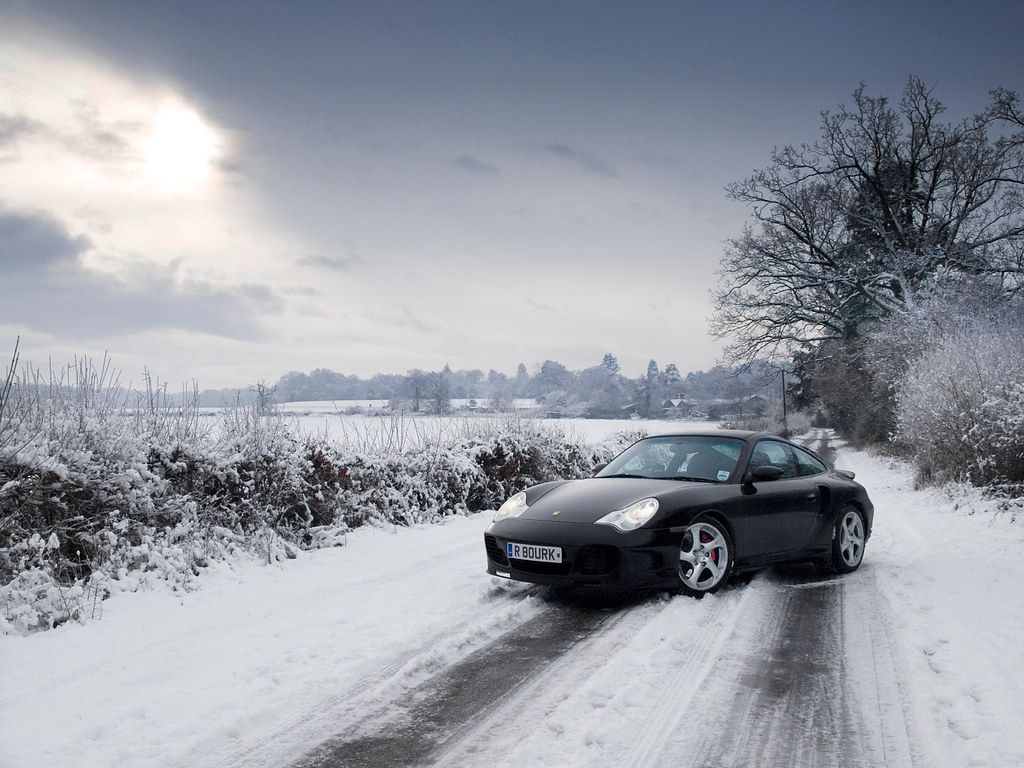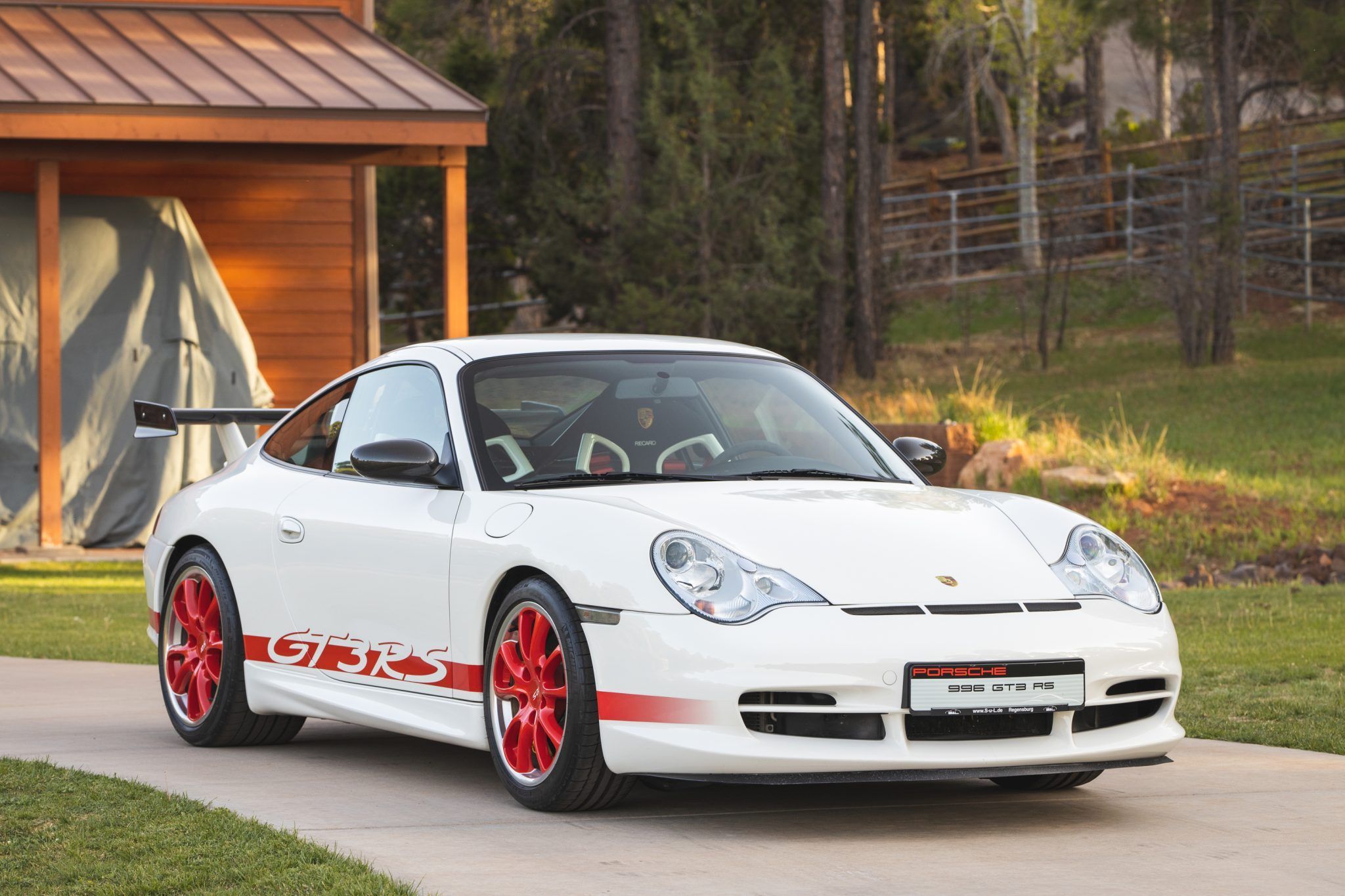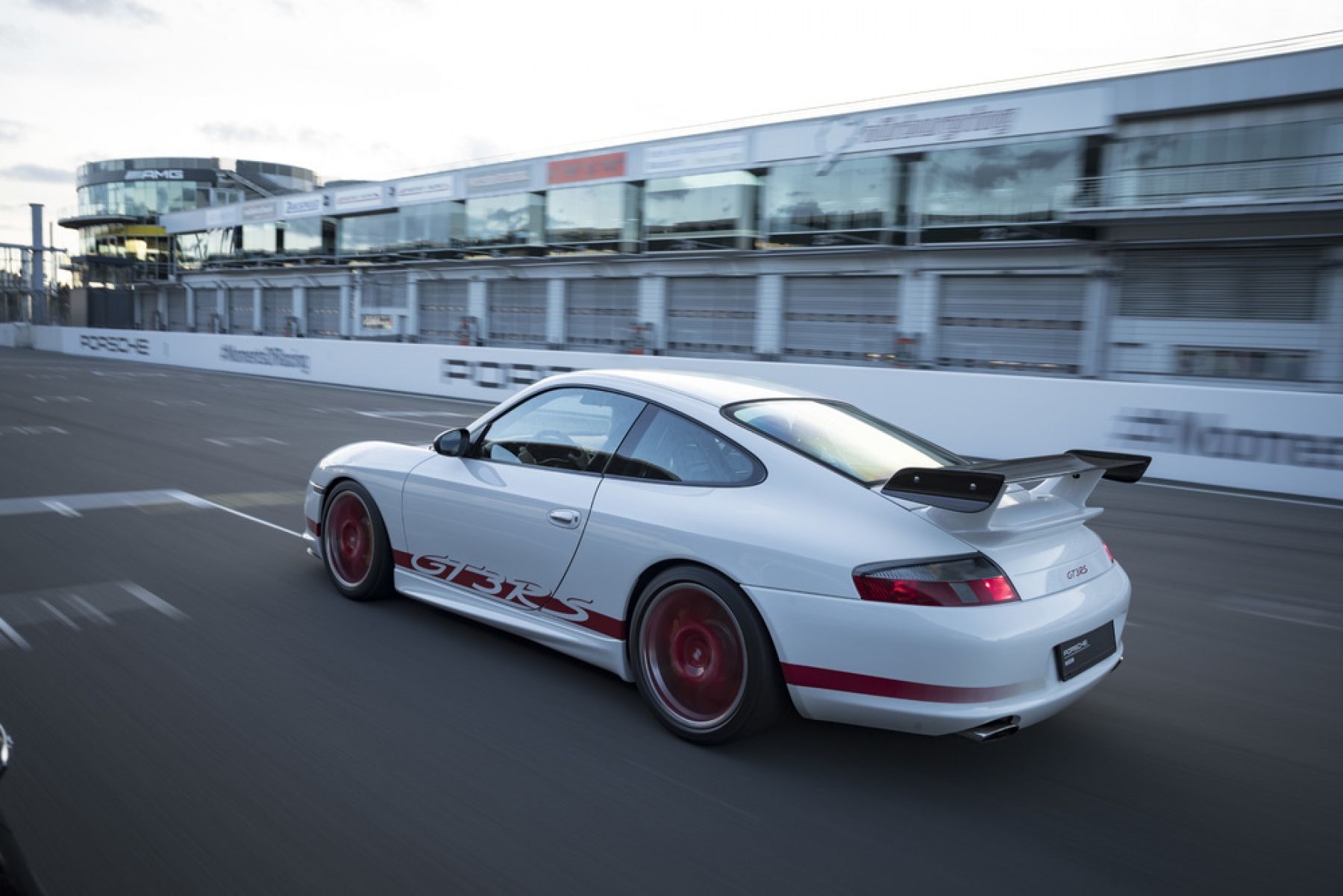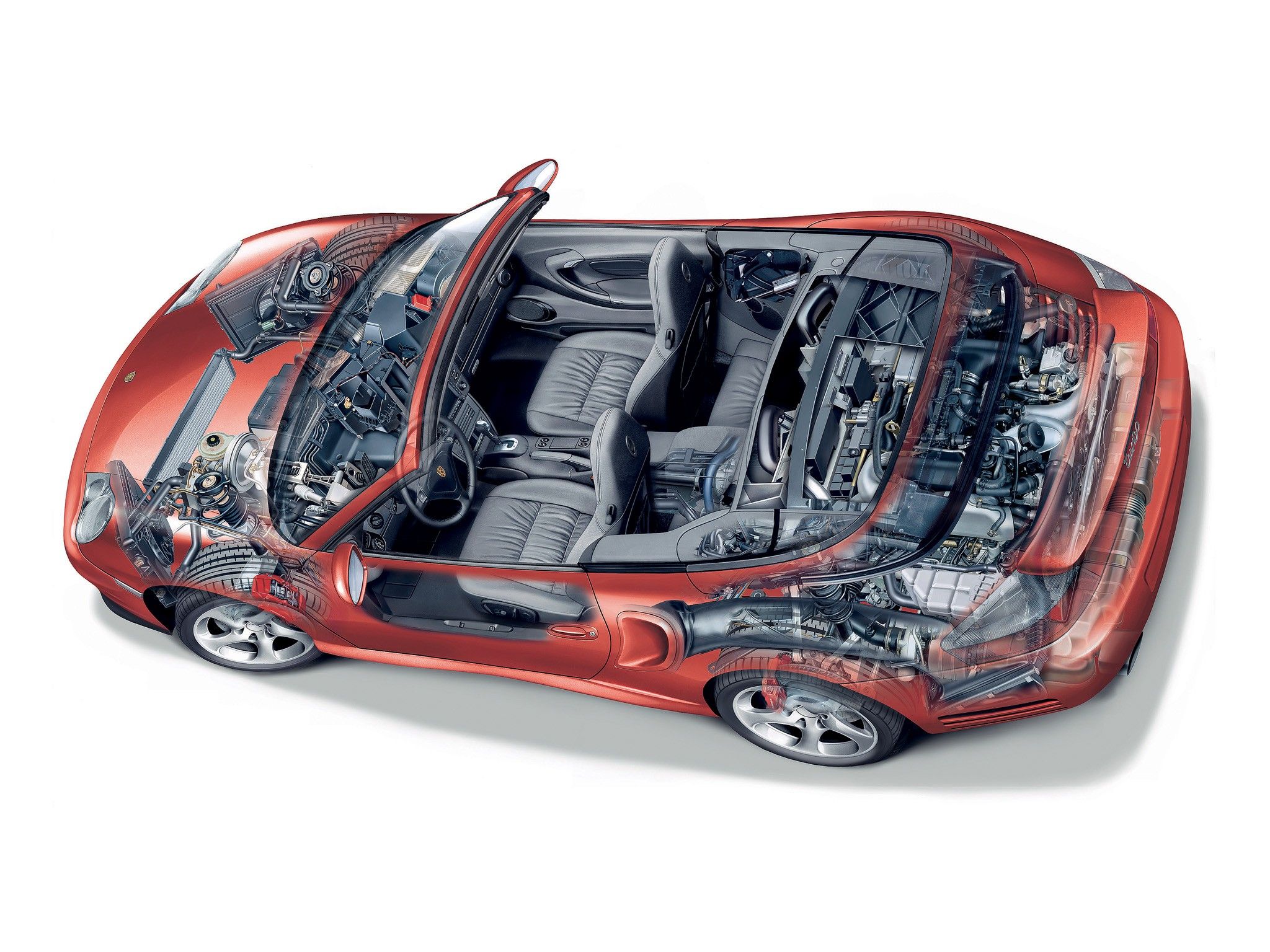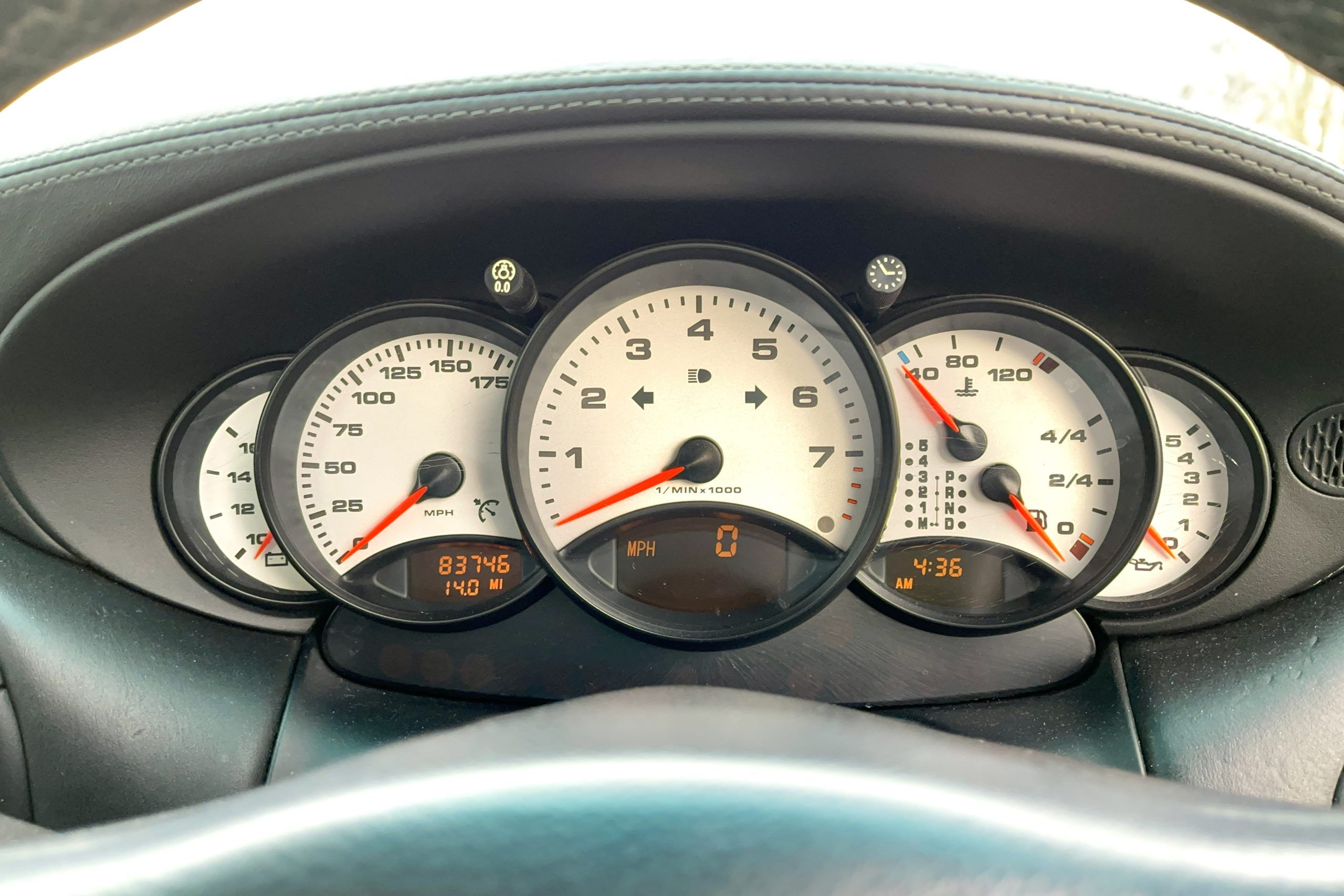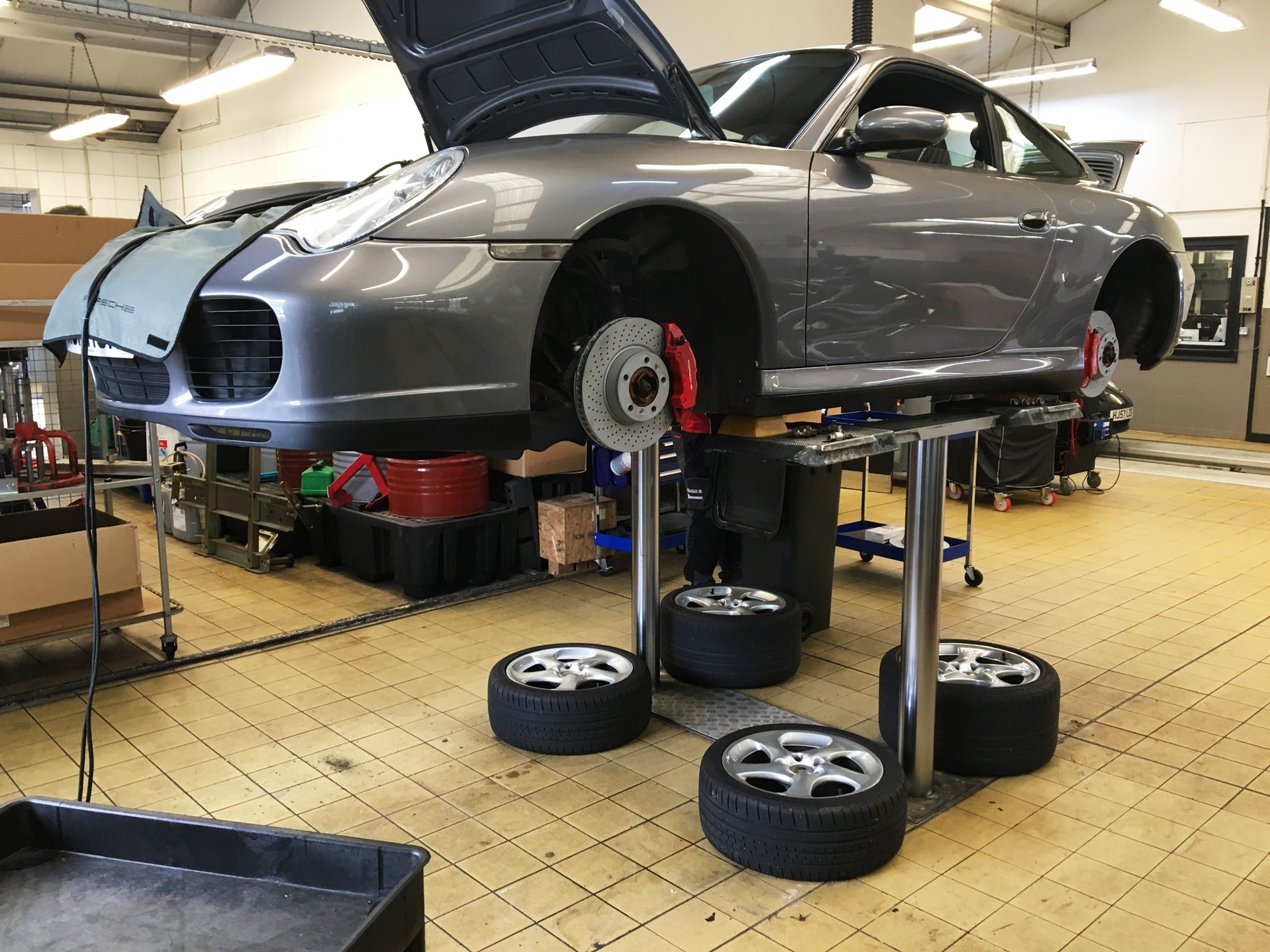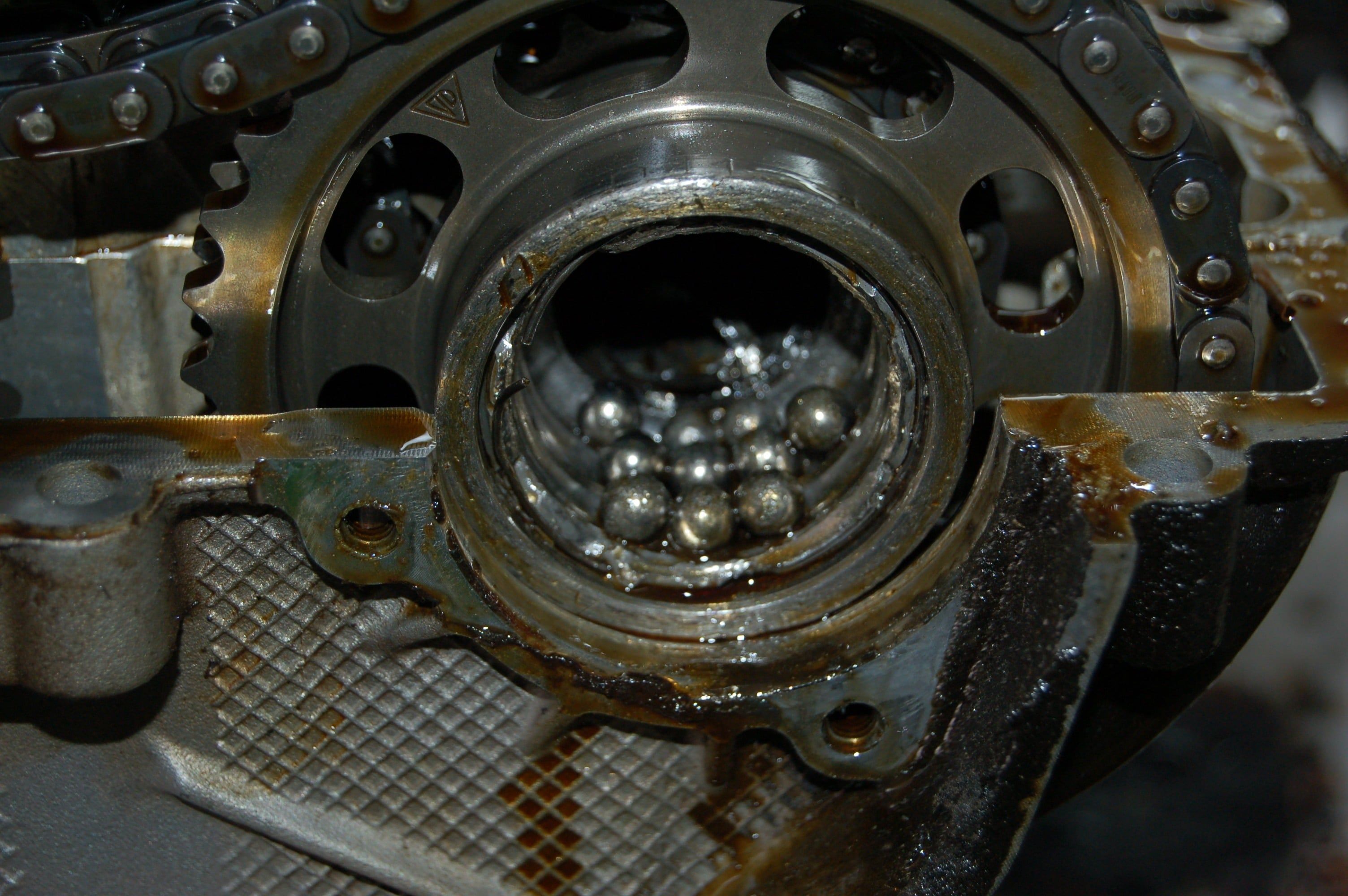To some, the Porsche 911 is simply viewed as the true evolution of the Volkswagen Beetle, just a more squashed-down version with higher power outputs and better handling. To others though it is the epitome of a sports car, fast, agile, and achingly gorgeous to look at with the latest 2021 Porsche 911 Turbo being simply awesome.
Often used as the benchmark car when comparing or testing sports coupes, the Porsche 911 has drawn a very distinct line in the sand and is a very hard act for competitors to follow. From its early days as an air-cooled sporting oddity, through the Porsche cars' evolution of the seventies and on to the more recent years, the 911 has morphed into what most consider the ultimate daily-driving, all-year-round useable performance car.
Whilst some versions are better to drive than others and, inevitably due to reputation and desirability, some seen as ultimate trophies within a collector's prize garage, the 911 remains a car that can be savored by drivers from all walks of life at various price points. That's right, getting in on the rear-engined fun can be relatively cheap and a very rewarding experience, with the 996 model of the Porsche 911 being the first foray for a lot of owners. As prices remain at oh-so-tempting levels, here are 8 reasons why the Porsche 996 is awesome (2 reasons why we'd never buy one).
10 It's A 911
A quick search through the classifieds isolating the 996 models, Porsche 911s made between 1997 and 2005, will often bring back a few dozen results with prices for high mileage cars starting from as low as around $10,000.
That means you can own a highly capable 2+2 German-made sports coupe for less than a budget shopping cart hatchback, a purebred performance car that oozes style and substance for literally next to nothing per month on finance.
9 The First Of Its Kind
Breaking from traditions and marking the next stage in the much-needed evolution of the 911 model range, the 996 dumped the air-cooled power plant of its predecessors and was fitted with an all-new water-cooled unit.
Splitting the Porsche 911 fan base, the choice to update the engine upset the die-hard fraternity but delighted those who saw the benefits and future potential of the upgrade. Developed alongside the Boxster, the 996 benefitted from radical positive changes.
8 A Pure Performance Car
To showcase the prowess of the new water-cooled engine the 996 gained an all-new chassis, was lavished with a far more modern interior, fitted with a much-revised suspension setup, and an updated transmission.
Also, 50kg lighter than the outgoing car, the 3.4-liter flat-six version of the 996 with 300 hp would hit 60 mph in 5.2 seconds, before racing on to an impressive 174 mph whilst being blessed with scalpel-sharp handling.
7 Everyday Usability
Regularly touted as the performance car that can be driven daily the 996 was the first Porsche 911 to really reinforce this point, with the interior being far more comfortable and sophisticated than the models that came before.
Offering rear seats suitable for those with short legs, or ideally children, and a front trunk that will happily swallow some shopping or overnight bags, the 996 would play the part of general run-around or grand tourer at the drop of a hat.
6 Ballistic Turbo
Released in 2000 the 996 Turbo upped the performance game considerably, now pushing it into the supercar league. At the heart of the beast lay a 3.6-liter twin-turbo flat-six engine generating 414 hp and 415 lb-ft of torque.
Dispatching the 60 mph sprint in a blink-and-you'll-miss-it 3.9 seconds, the mighty 996 Turbo will then blast onto to 100 mph in 8.9 seconds, crack the quarter-mile in 11 seconds and top out at 191 mph.
5 Fantastic GT Versions
Utilizing the freshly designed platform to its full potential Porsche developed two GT models, the GT2 and the GT3. The GT3 had a 3.6-liter naturally aspirated unit generating either 355 hp or 375 hp depending on markets.
A turbocharged GT2 soon follows and boasted 477 hp, all of which was sent to the rear wheels. From a standstill the GT2 wasn't that much faster than the GT3, hitting 60 in 3.6 seconds, but in gear and once on the move, it was an absolute monster hitting 100 mph in 7.9 seconds.
4 It Set A New Benchmark
Despite upsetting those who never wanted Porsche to swap to water-cooled engines, the 996 instantly tore up the rule book and set about redefining what should be asked and expected of high-performance cars.
Here was a machine that could seemingly do it all and, depending on the drivetrain or tires, in just about all weather conditions. Fantastically comfortable, loaded with the latest technology, and immensely rewarding the 996 was a car to be reckoned with.
3 Lasting RS Legacy
Having received its mild midlife spruce up in the form of revised headlights and some styling, the revamped 996 formed the basis of the now legendary GT3 RS. It was a race car that was trying its best to pretend to be a road car.
The GT3 RS sported a rear racing wing, additional cooling vents, and a full roll cage so that it could be homologated. Noted as being one of the finest handling cars ever created, the 996 GT3 RS is a sought-after collector's item.
2 Cost-Saving Exercises
Despite seeming like the perfect performance car with all of its plus points stacking up as a decent reason to take the plunge and buy one, the 996 wasn't without its drawbacks and, in some cases, rather costly issues.
To save costs, as Porsche was struggling financially, both the Boxster and 996 were designed to share certain parts. In addition to the suspension and some mechanical parts, the interiors are almost identical with some components not being particularly robust or that reliable.
1 A Ticking Time Bomb
More worryingly though is the well-documented failure of the factory-fitted IMS bearing, with roughly 8% of all cars being affected. Unaddressed the issue can cause catastrophic engine failure and a big repair bill.
On top of this the 996 has been known to suffer crack cylinder heads, issues with the liners, leaking rear main seals, radiator corrosion, and ignition coil pack failure. With all of these reported and common issues, it would appear that some things are cheap for a reason.

